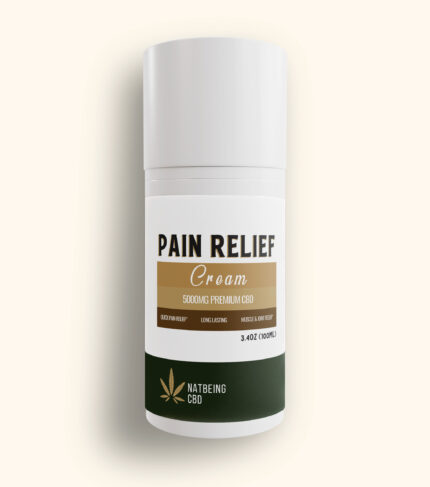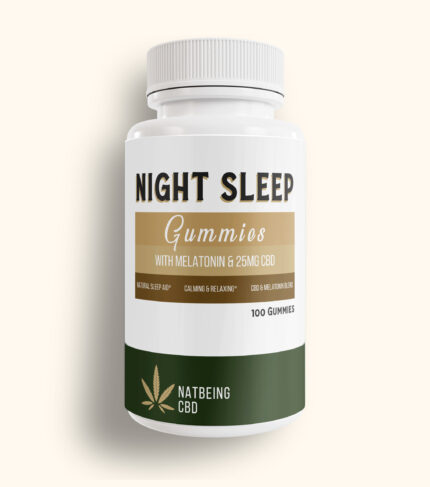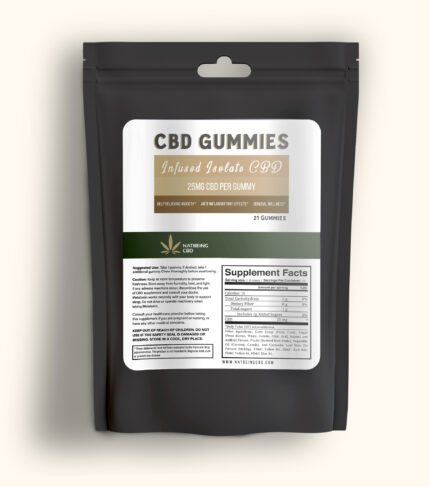
Blog
Unlocking the Power of Arnica: A Comprehensive Guide to Discovering How Arnica Can Alleviate Pain Naturally

Arnica, a well-known herb in traditional medicine, has gained popularity for its potential healing properties. In this blog post, we will delve into what arnica is, examine the current research surrounding its benefits, discuss its administration methods, highlight precautions and potential side effects, and conclude with key takeaways for those considering its use.
What is Arnica?
Arnica, scientifically known as Arnica montana, is a perennial herb that belongs to the sunflower family. Indigenous to Europe and Siberia, arnica is renowned for its bright yellow flowers and has been used for centuries in herbal medicine. The plant contains compounds such as sesquiterpene lactones, flavonoids, and volatile oils, which contribute to its therapeutic potential.
What the Research Says:
Numerous studies have explored the potential benefits of arnica, particularly in the context of its anti-inflammatory and analgesic (pain-relieving) properties. Research suggests that arnica may be beneficial in reducing bruising, swelling, and pain associated with injuries, surgery, or inflammatory conditions. However, it’s important to note that while some studies support these claims, more research is needed to establish the full extent of arnica’s effectiveness and its specific mechanisms of action.
How it’s Administered:
Arnica is commonly available in various forms, including creams, ointments, gels, and homeopathic preparations. Topical arnica products are often applied directly to the skin over affected areas. In some cases, arnica may also be taken orally in the form of tablets or tinctures. The choice of administration depends on the intended use and personal preferences.
Precautions and Side Effects:
While arnica is generally considered safe when used as directed, it’s crucial to be aware of potential precautions and side effects.
**Precautions and Side Effects:**
1. Allergic Reactions:
– Perform a patch test before applying topical arnica products to check for allergic sensitivity.
– Discontinue use if redness, itching, or irritation occurs.
2. Oral Use Caution:
– Exercise caution when using arnica orally, as high doses or prolonged use may lead to adverse effects.
– Consult with a healthcare professional before taking arnica orally, especially for an extended period.
3. Avoid Ingesting Raw Arnica:
– Do not ingest raw arnica as it contains toxic compounds that can be harmful.
– Use arnica products that are specifically formulated and processed for safe topical or oral administration.
4. Pregnancy and Lactation:
– Pregnant or breastfeeding individuals should consult with a healthcare provider before using arnica, as its safety in these situations is not well-established.
5. Interaction with Medications:
– Arnica may interact with certain medications, such as blood thinners. Consult with a healthcare professional if you are taking medications to avoid potential interactions.
6. Avoid Open Wounds:
– Do not apply arnica to open wounds or broken skin to prevent irritation and infection.
– Use arnica only on intact skin and follow product instructions carefully.
7. Keep Out of Reach of Children:
– Store arnica products in a safe place to prevent accidental ingestion by children.
– Educate caregivers about the potential risks and the importance of proper storage.
8. Medical Conditions:
– Individuals with pre-existing medical conditions, such as liver or kidney problems, should consult with a healthcare provider before using arnica.
9. Topical Use Limitations:
– Avoid applying arnica to sensitive areas, such as the eyes, mouth, or mucous membranes.
– Follow product instructions regarding the frequency and duration of topical application.
10. Reporting Adverse Effects:
– If any unexpected side effects or adverse reactions occur, promptly report them to a healthcare professional and discontinue use.
Remember, while arnica can offer potential benefits, its use should be approached with mindfulness and under the guidance of a healthcare professional, especially if you have specific health concerns or are taking other medications.
The Takeaway:
Arnica shows promise as a natural remedy for managing pain, swelling, and bruising, especially in the context of minor injuries or surgeries. However, it’s essential to approach its use with caution, adhere to recommended dosage guidelines, and consult with a healthcare professional before incorporating arnica into your healthcare routine. As research on arnica continues, a clearer understanding of its efficacy and safety profile may emerge, providing further insights into its potential role in holistic health and well-being.
Related posts
How Fast Does CBD Cream 5000mg Work on Sore Muscles?
Menthol and CBD: A Dynamic Duo for Pain Relief
Delta-8 vs Delta-9 THC: Which One Is Right for You?
CBD Cream 5000mg: Powerful Relief for Pain, Muscles & Joints
CBD for Arthritis Pain: What You Should Know
CBD Creams: Made with Hemp Oil for Pain Relief & Joint Support
Understanding Oral CBD vs Topical CBD: Which Works Best for You?
How CBD Cream Supports Your Body’s Natural Balance
CBD Cream for Arthritis Joint Pain: A Natural Way to Find Relief
Is CBD Cream the Secret to Glowing, Healthy Skin?
How CBD Cream Works on Your Skin
CBD Cream Costs: Finding the Perfect Balance Between Price and Quality
Table Of Contents
Recent Posts
Products
-
 CBD Cream 5000mg – Extra Strength Pain Relief Topical Rated 4.83 out of 5$33.93 – $49.99Price range: $33.93 through $49.99 — or subscribe and save up to 25%
CBD Cream 5000mg – Extra Strength Pain Relief Topical Rated 4.83 out of 5$33.93 – $49.99Price range: $33.93 through $49.99 — or subscribe and save up to 25% -
 CBD Sleep Gummies 2500mg With Melatonin - 100 count Rated 5.00 out of 5
CBD Sleep Gummies 2500mg With Melatonin - 100 count Rated 5.00 out of 5$69.99Original price was: $69.99.$34.99Current price is: $34.99. -
 3000mg CBD Oil Rated 5.00 out of 5$29.90
3000mg CBD Oil Rated 5.00 out of 5$29.90 -
 CBD Gummies 500 mg - 21 Gummies Rated 5.00 out of 5$19.90 – $23.00Price range: $19.90 through $23.00
CBD Gummies 500 mg - 21 Gummies Rated 5.00 out of 5$19.90 – $23.00Price range: $19.90 through $23.00


















